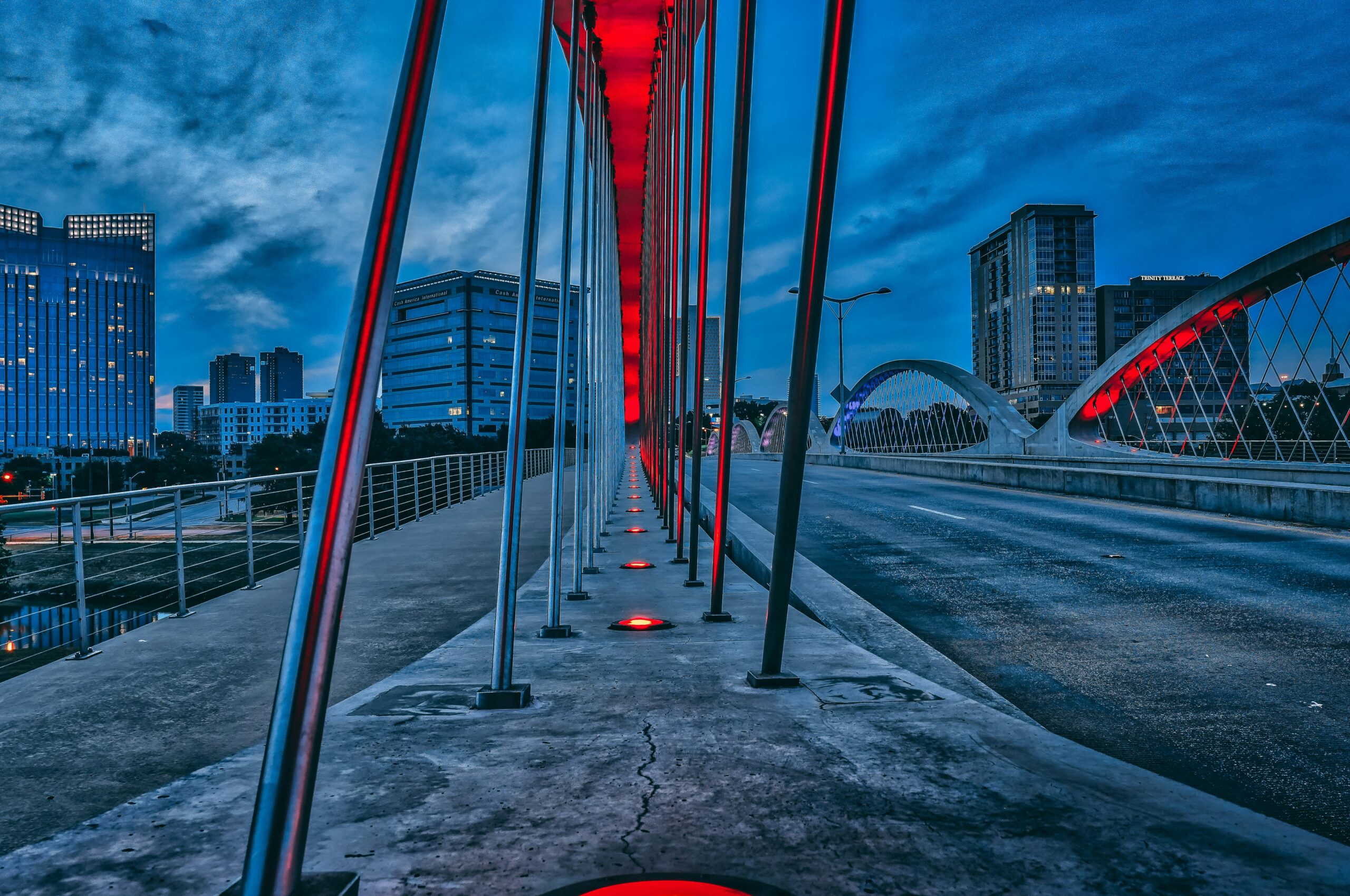
Architecture is more than just the construction of buildings; it’s an art form that reflects culture, history, and innovation. Photographing architecture allows us to capture the essence of these structures and explore their inherent beauty. From towering skyscrapers to quaint historic buildings, every structure has a story to tell. In this article, we’ll delve into the art of architectural photography, offering tips and insights to help you find beauty in urban structures.
Understanding Architectural Photography
Architectural photography is a specialized field that requires a keen eye for detail and an understanding of both the subject and the medium. Unlike other types of photography, which focus on capturing moments or emotions, architectural photography is about showcasing the design and aesthetics of buildings and structures. The goal is to highlight the architectural intent, the interplay of light and shadow, and the spatial relationships within the structure.
Tips for Capturing Stunning Architectural Photos
Know Your Subject
Before you start photographing, research the building or structure you plan to shoot. Understanding its history, design, and purpose can provide valuable context and inspire your approach. For example, knowing the architectural style—be it Gothic, Baroque, or Modern—can help you better capture its unique features.
Choose the Right Time and Lighting
Lighting is crucial in architectural photography. Natural light can dramatically alter the appearance of a building. Early morning or late afternoon, when the sun is lower in the sky, offers softer, more flattering light. This “golden hour” can enhance textures and details. Conversely, shooting during overcast conditions can create a more even, diffused light, ideal for minimizing harsh shadows and highlights.
Use the Right Equipment
A wide-angle lens is essential for capturing the entirety of large structures and expansive interiors. Tilt-shift lenses can help correct perspective distortions, ensuring that vertical lines remain straight and accurate to the building’s design. Additionally, a tripod is invaluable for stability, especially in low light conditions or when using long exposures.
Consider Composition
Composition plays a significant role in architectural photography. Utilize leading lines, symmetry, and framing to draw attention to the critical elements of the structure. Experiment with different angles and viewpoints to find the most compelling perspective. Don’t be afraid to get close to details or step back to capture the entire facade.
Focus on Details
While wide shots are essential, don’t overlook the details. Architectural features like intricate carvings, textures, and materials contribute to the overall aesthetic. Close-ups of these details can reveal the craftsmanship and design intent that might be missed in broader shots.
Emphasize Patterns and Geometry
Buildings often feature exciting patterns and geometric shapes. Pay attention to how lines and forms interact within the structure. Use these patterns to create visually striking images that highlight the architectural design.
Post-Processing
Post-processing can enhance your architectural photos by adjusting exposure, contrast, and sharpness. However, it’s essential to maintain the integrity of the original image. Correct any lens distortions or perspective issues to ensure the photograph accurately represents the building.
The Role of Context in Architectural Photography
Understanding the context in which a building exists can significantly influence your photographic approach. Urban landscapes are dynamic environments where architecture interacts with its surroundings. Including elements such as people, street activity, or nearby structures can provide scale and add a layer of narrative to your images.
For example, capturing a modern skyscraper with bustling city life around it can emphasize its grandeur and the vibrancy of urban living. Conversely, photographing a historic building in a quiet, serene setting can highlight its timelessness and historical significance.
The Impact of Architectural Photography
Architectural photography not only documents buildings but also shapes our perception of them. Through photography, we can appreciate the artistry and design of structures that might otherwise go unnoticed. This type of photography contributes to the cultural record, allowing future generations to view and understand the architectural heritage of their time.
Moreover, architectural photography can inspire both architects and the public by showcasing innovative designs and new ways of experiencing space. It serves as a visual archive that celebrates the beauty and functionality of our built environment.
Final Thoughts
Photographing architecture is a rewarding pursuit that combines artistic vision with technical skill. By understanding your subject, choosing the right equipment, and paying attention to composition and details, you can capture the inherent beauty of urban structures. Whether you’re an aspiring photographer or a seasoned professional, embracing the artistry of architecture can lead to stunning and impactful images.
Explore different architectural styles, experiment with various techniques, and, most importantly, enjoy the process of discovering and documenting the beauty of the urban landscape. Each building tells a unique story, and through your lens, you have the opportunity to share that story with the world.